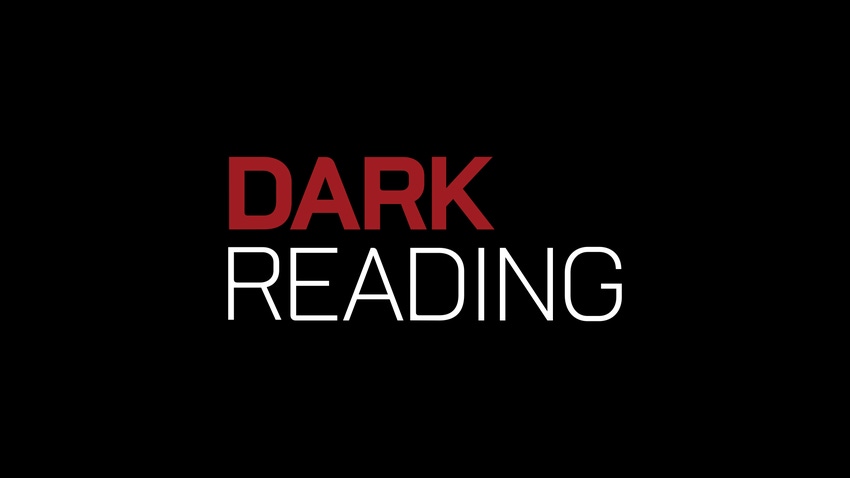What To Look For In A Primary Storage Refresh
In our <a href="http://www.informationweek.com/blog/main/archives/2010/04/justifying_an_e.html">last entry</a> we covered how the potential to increase storage utilization may help justify a storage refresh. If you are in a position to refresh your primary storage platform or you think the last entry may help you do that a little sooner than normal, what should you be looking for in your next storage platform?

In our last entry we covered how the potential to increase storage utilization may help justify a storage refresh. If you are in a position to refresh your primary storage platform or you think the last entry may help you do that a little sooner than normal, what should you be looking for in your next storage platform?My first advice is to not get caught in a game of checkers when you should be playing chess. By this I mean just checking off features as you do your comparison. While many vendors will say they have a storage capability there is a difference in the details. Make sure you examine what the storage vendor can do with each of those features.
For the purposes of this entry we'll assume you have knocked out all the basics like support, service and price. You've narrowed your options down to a few key candidates and now are trying to make a decision. These capabilities are in no particular order and may vary based on your priorities.
Thin provisioning should be there to be able to better utilize disk capacity. Look for vendors that are talking about implementing less capacity than you already have. As I eluded to above, all thin provisioning is not equal and the state of the art has advanced to include thin migrations and thin reclamation. With thin provisioning you can allocate whatever the server thinks it needs but only consume disk space as it actually needs it.
Second look for a system that can reduce drive count while at the same time improving performance. Two ways to get here are to look for systems that can wide stripe large capacity drives. Meaning multiple servers have access to all of the drives in the system or look for systems that can leverage Solid State Disk (SSD) to maintain a performance tier without assigning 100's of low capacity drives to a server.
Third along with SSD look for a system that has auto-tiering. While I think you can work around the need for auto-tiering or add the capability to a legacy system, getting a new storage system with this capability may make sense. This does not mean that it has to be auto-tiering in particular, some systems are using SSD to make large read and/or write caches. In many cases this delivers the same results as auto-tiering. The goal is to be able to leverage SSD to create a small active performance tier and SATA to create large persistent tier. As I have written about in other entries there are a lot of ways to achieve this goal, but is it important to factor it into your decision making process.
Power savings is the final area we will touch on in this entry. In active storage a great way to reduce costs is as we discussed in our latest entry on Network Computing, to leverage mechanisms that use less power. That is SSD. The other feature is to utilize MAID technology to reduce the amount of time that the mechanical drives spend spinning. With some sort of tiering capability integrated or added to the storage system, it becomes more realistic to spin drives down as data sits in cache more often.
There are certainly more capabilities to look for in storage refresh and everything tends to be a give and take on this subject. We'll come back to this topic in an upcoming entry for further discussion.
Track us on Twitter: http://twitter.com/storageswiss
Subscribe to our RSS feed.
George Crump is lead analyst of Storage Switzerland, an IT analyst firm focused on the storage and virtualization segments. Find Storage Switzerland's disclosure statement here.
Read more about:
2010About the Author(s)
You May Also Like
Why Effective Asset Management is Critical to Enterprise Cybersecurity
May 21, 2024Finding Your Way on the Path to Zero Trust
May 22, 2024Extending Access Management: Securing Access for all Identities, Devices, and Applications
June 4, 2024Assessing Software Supply Chain Risk
June 6, 2024Preventing Attackers From Wandering Through Your Enterprise Infrastructure
June 19, 2024
Black Hat USA - August 3-8 - Learn More
August 3, 2024Cybersecurity's Hottest New Technologies: What You Need To Know
March 21, 2024




